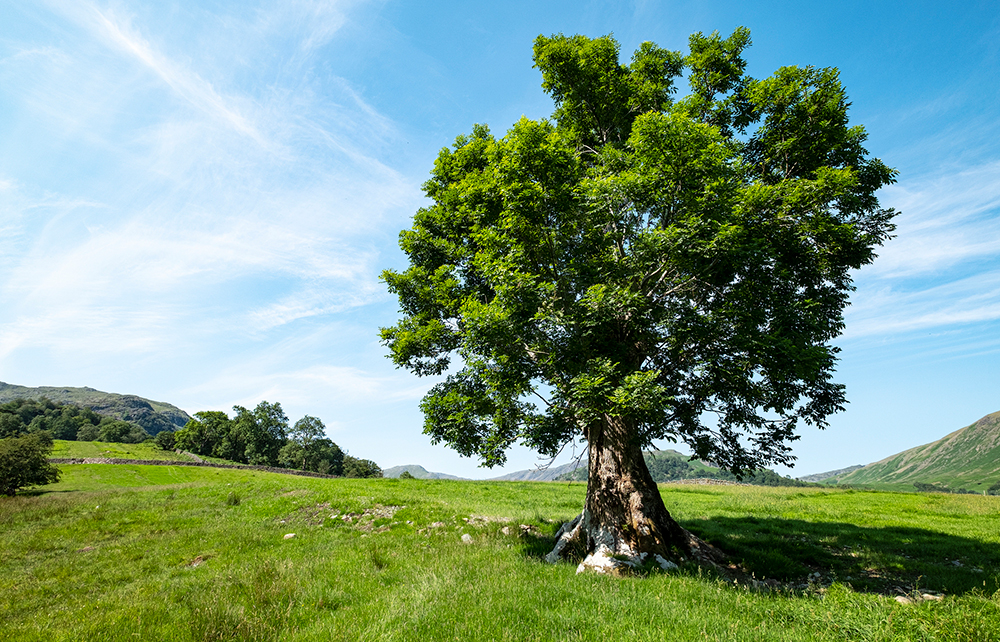The next time you drive or walk down a country road, you may well notice that something is not quite right. Look around and you might see that tall ash trees in the verge-side hedgerows are no longer as handsome, their leaves sparse and scattered, even brown and wilting, while naked branches point accusingly to the sky. A disaster is unfolding, which, on the face of it, seems hardly less serious than the one that hit the countryside in the early 1970s, after ‘Dutch’ elm disease was imported in timber from Canada and killed 30 million trees. This time, the victim is the European ash (Fraxinus excelsior).
The disaster is plain, even to urban dwellers. The sound of chainsaws and tree shears is loud in the land
Hymenoscyphus fraxineus is a fungus indigenous to Asia, where ash species tolerate it, because pathogen and trees have evolved together. The fungus arrived in Europe 30 years ago. Thanks to failures in biosecurity, it then crossed the Channel, possibly as early as 2006, but certainly in 2012, in a consignment of young infected plants. The fungus produces spores, released in summer and borne on the wind that cause a disease called Chalara ash dieback. This results in crown decline, root collar necrosis and, eventually, death – which is often accelerated by secondary pathogens such as honey fungus and bracket fungus.
When the news of the disease broke in 2012, it prompted a general horrified fascination. But as time went on, the threat to ash trees became background noise, easy to ignore. No longer. The disaster is plain, even to urban dwellers, since ash trees grow in city parks and suburban streets as well as country hedgerows. The sound of chainsaws and tree shears is loud in the land.
The ash is a broad-leaved hardwood, with a smooth grey trunk that fissures with age.








Comments
Join the debate for just £1 a month
Be part of the conversation with other Spectator readers by getting your first three months for £3.
UNLOCK ACCESS Just £1 a monthAlready a subscriber? Log in